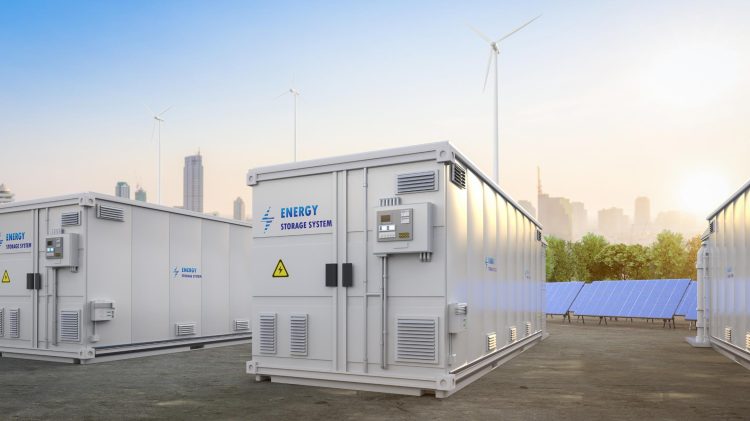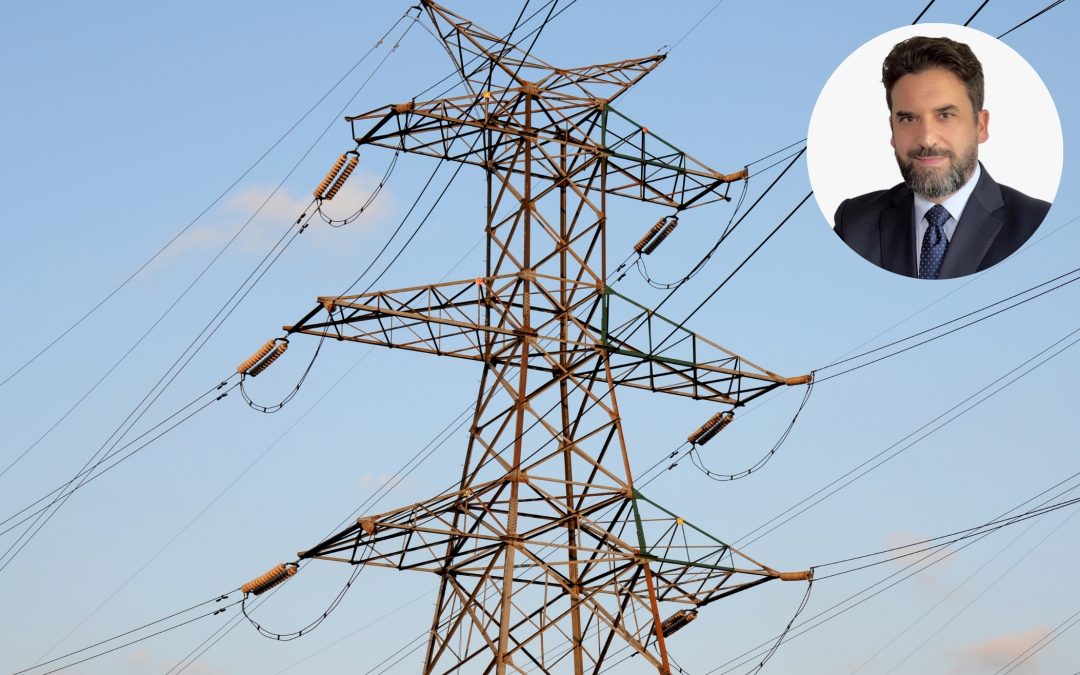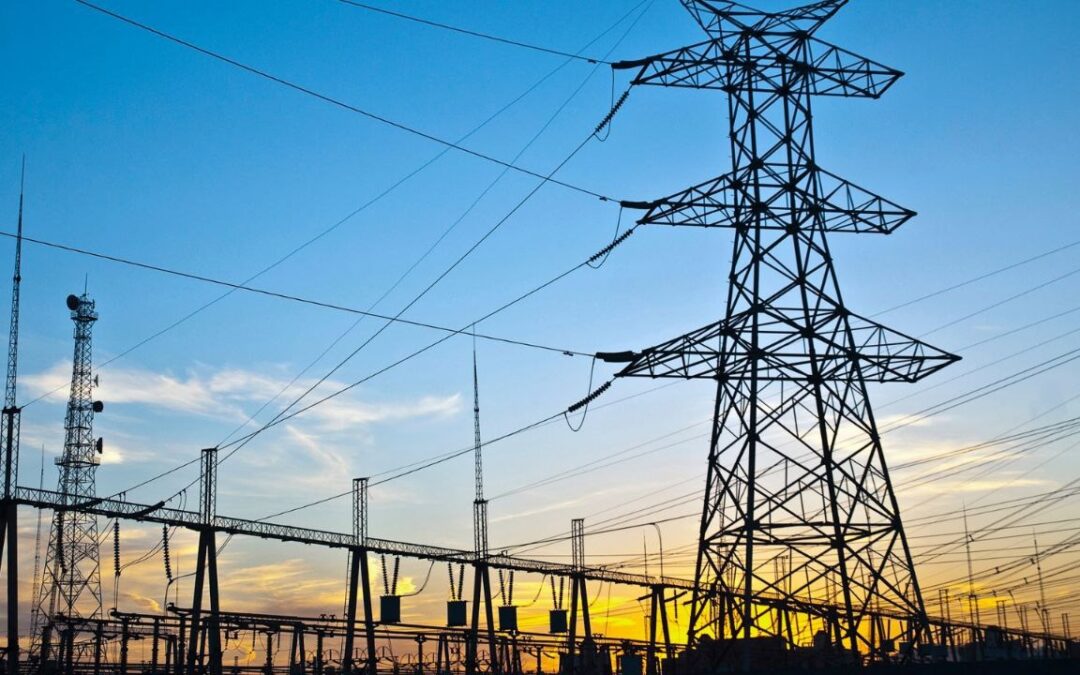Following the inclusion of the project in the MAPs in April, Red Eléctrica initiated its processing and has since undertaken significant efforts, now enabling the imminent commencement of construction.












Following the inclusion of the project in the MAPs in April, Red Eléctrica initiated its processing and has since undertaken significant efforts, now enabling the imminent commencement of construction.

Nine initiatives, led by companies such as Rolwind and Our New Energy, stand out for their capacity and strategic location in key regions such as Andalusia, Catalonia, and Asturias, enhancing renewable integration.

Alantra Energy Transition consultants analyze the Italian storage market and the role of MACSE, and affirm that there is high appetite from developers and investors for the merchant scheme with capacity payments and the MACSE scheme, which will provide a guaranteed income of 80% for most of the project’s lifespan.

This new scheme, focused on long-duration electricity storage (LDES), proposes providing support for up to 25 years, aligning more with the lifespan of the projects. The national electricity system operator estimates that between 11.5 and 15.3 GW of LDES will be needed to achieve the net-zero targets by 2050.

The CNMC resolution modifies the electricity market settlement to 15-minute intervals. This measure aims to improve efficiency in managing deviations. From the renewable sector, it is seen as a positive opportunity, although it involves technological adaptation efforts.

Neha Sinha, from Wärtsilä Energy Storage & Optimisation, presented innovative solutions to optimize BESS systems, highlighting how the reduction in battery costs allows for prioritizing hardware design and improving operational efficiency. System flexibility and real-time monitoring are key to maximizing performance and long-term sustainability.

From infrastructure modernization to the adoption of renewable energy, Central Europe has the opportunity to redefine its energy future. However, this path entails geopolitical and economic challenges that will require strategic vision and international collaboration to ensure an effective transition.

The Dutch region positions itself as a key market for energy storage in Europe. However, regulatory challenges such as high grid fees threaten to slow down its development. Will the Netherlands be able to unlock its true potential and establish itself as a leader in the market?

Executives from Alantra Energy Transition highlight that the United Kingdom is a market in full maturation, but the complexity of grid connections may cause delays and costs that are hindering new projects, emphasizing the urgency of a regulatory framework that promotes a cleaner and more efficient energy system.

In a context where the energy transition is presented as a global challenge, Ursula Von der Leyen sets out an ambitious plan to accelerate the use of renewable energy. Meanwhile, OPEC opposes this vision, emphasizing the continued presence of oil in the global energy mix.

In the last 15 days, MITECO approved 736 MW of renewable projects, including 668.7 MW of photovoltaic, 40 MW of wind, and 27.46 MW of battery storage. However, it rejected 523 MW of wind projects, mainly affecting projects by Capital Energy and Forestalia.

Initiatives in the processing of renewable energy projects from companies such as Saeta Yield and Solaria have been approved. However, some ventures were rejected. The list.

The high penetration of photovoltaic energy is reducing energy prices, driving storage projects that are key to stabilizing the grid, and increasing the interest of developers in adding these technologies to their portfolios, whether standalone or to hybridize with photovoltaic energy and sustain long-term profitability.

Carlos Martín Graña, COO of ENERJOIN, states that “the goal of the PNIEC is impossible” and increasing 90 TWh “would be a huge success,” which could slow down the deployment of renewables.

Companies such as ERTEC and INTELCIA in Portugal, and ACCIONA, Greenenergy, and CEPSA in Spain, stand out for seeking professionals in in-person modalities, focused on the implementation and monitoring of sustainable solutions.
Lluis Millet Biosca and Andrés Pinilla Antón analyze the provisional resolution of the PERTE and point out that it is likely that the projects in Asturias will not be able to be executed within the proposed processing deadlines.

It would start operating in 2025 and would be the first public-private partnership in Spain. It will offer energy at reduced prices, with a 50% discount for residents near renewable energy projects. Experts question its viability in the competitive liberalized electricity market.

During this month of September, renewables generated 33% more than in the same period of the previous year, accounting for 53% of the monthly mix.

The Provisional Resolution allocates 10.9 million euros to innovative projects in energy flexibility, distributed storage, and battery recycling. Notable initiatives include those from large consortia and startups driving decarbonization and the digitalization of the energy system in Spain.

Luis Marquina, president of the entity, highlights the willingness of the new Deputy Director General for Storage, Fátima García Señán, to coordinate efforts in the development of storage in a dialogue with Energía Estratégica España.

Alberto Rocha points out that having access to updated and dynamic information about grid saturation ensures greater competitiveness for the final price and for investors. He also mentions that this week, the CNMC is expected to publish a document on how to request demand, “obliging distributors to provide information on how much capacity there is at the nodes.”

Following the inclusion of the project in the MAPs in April, Red Eléctrica initiated its processing and has since undertaken significant efforts, now enabling the imminent commencement of construction.

Nine initiatives, led by companies such as Rolwind and Our New Energy, stand out for their capacity and strategic location in key regions such as Andalusia, Catalonia, and Asturias, enhancing renewable integration.

Alantra Energy Transition consultants analyze the Italian storage market and the role of MACSE, and affirm that there is high appetite from developers and investors for the merchant scheme with capacity payments and the MACSE scheme, which will provide a guaranteed income of 80% for most of the project’s lifespan.

This new scheme, focused on long-duration electricity storage (LDES), proposes providing support for up to 25 years, aligning more with the lifespan of the projects. The national electricity system operator estimates that between 11.5 and 15.3 GW of LDES will be needed to achieve the net-zero targets by 2050.

The CNMC resolution modifies the electricity market settlement to 15-minute intervals. This measure aims to improve efficiency in managing deviations. From the renewable sector, it is seen as a positive opportunity, although it involves technological adaptation efforts.

Neha Sinha, from Wärtsilä Energy Storage & Optimisation, presented innovative solutions to optimize BESS systems, highlighting how the reduction in battery costs allows for prioritizing hardware design and improving operational efficiency. System flexibility and real-time monitoring are key to maximizing performance and long-term sustainability.

From infrastructure modernization to the adoption of renewable energy, Central Europe has the opportunity to redefine its energy future. However, this path entails geopolitical and economic challenges that will require strategic vision and international collaboration to ensure an effective transition.

The Dutch region positions itself as a key market for energy storage in Europe. However, regulatory challenges such as high grid fees threaten to slow down its development. Will the Netherlands be able to unlock its true potential and establish itself as a leader in the market?

Executives from Alantra Energy Transition highlight that the United Kingdom is a market in full maturation, but the complexity of grid connections may cause delays and costs that are hindering new projects, emphasizing the urgency of a regulatory framework that promotes a cleaner and more efficient energy system.

In a context where the energy transition is presented as a global challenge, Ursula Von der Leyen sets out an ambitious plan to accelerate the use of renewable energy. Meanwhile, OPEC opposes this vision, emphasizing the continued presence of oil in the global energy mix.

In the last 15 days, MITECO approved 736 MW of renewable projects, including 668.7 MW of photovoltaic, 40 MW of wind, and 27.46 MW of battery storage. However, it rejected 523 MW of wind projects, mainly affecting projects by Capital Energy and Forestalia.

Initiatives in the processing of renewable energy projects from companies such as Saeta Yield and Solaria have been approved. However, some ventures were rejected. The list.

The high penetration of photovoltaic energy is reducing energy prices, driving storage projects that are key to stabilizing the grid, and increasing the interest of developers in adding these technologies to their portfolios, whether standalone or to hybridize with photovoltaic energy and sustain long-term profitability.

Carlos Martín Graña, COO of ENERJOIN, states that “the goal of the PNIEC is impossible” and increasing 90 TWh “would be a huge success,” which could slow down the deployment of renewables.

Companies such as ERTEC and INTELCIA in Portugal, and ACCIONA, Greenenergy, and CEPSA in Spain, stand out for seeking professionals in in-person modalities, focused on the implementation and monitoring of sustainable solutions.
Lluis Millet Biosca and Andrés Pinilla Antón analyze the provisional resolution of the PERTE and point out that it is likely that the projects in Asturias will not be able to be executed within the proposed processing deadlines.

It would start operating in 2025 and would be the first public-private partnership in Spain. It will offer energy at reduced prices, with a 50% discount for residents near renewable energy projects. Experts question its viability in the competitive liberalized electricity market.

During this month of September, renewables generated 33% more than in the same period of the previous year, accounting for 53% of the monthly mix.

The Provisional Resolution allocates 10.9 million euros to innovative projects in energy flexibility, distributed storage, and battery recycling. Notable initiatives include those from large consortia and startups driving decarbonization and the digitalization of the energy system in Spain.

Luis Marquina, president of the entity, highlights the willingness of the new Deputy Director General for Storage, Fátima García Señán, to coordinate efforts in the development of storage in a dialogue with Energía Estratégica España.

Alberto Rocha points out that having access to updated and dynamic information about grid saturation ensures greater competitiveness for the final price and for investors. He also mentions that this week, the CNMC is expected to publish a document on how to request demand, “obliging distributors to provide information on how much capacity there is at the nodes.”

Select the sector you
want to know more about

Representantes de la CREG, ACOLGEN, FENOGE, el Departamento Nacional de Planeación (DNP) y Ministerio de Minas y Energía abordarán las decisiones que marcarán la transición hacia un sistema eléctrico más competitivo, flexible y sostenible en el encuentro de las energías renovables más importante del sector.

With an associated investment of approximately 13.6 billion, it gives priority to covering the country’s industrial and development needs. The autonomous communities had the opportunity to assess the Proposal last September. Allegations can be submitted until December 16.

Con una inversión asociada de unos 13.600 millones, otorga prioridad a cubrir las necesidades industriales y de desarrollo del país. Las comunidades autónomas han tenido oportunidad de valorar la Propuesta durante el pasado mes de septiembre. Se pueden remitir alegaciones hasta el 16 de diciembre.